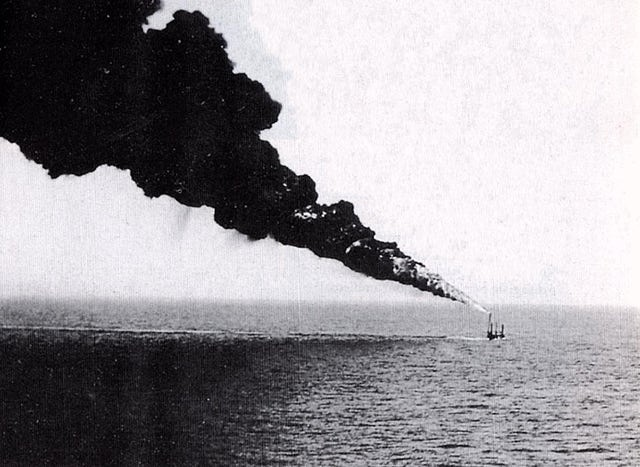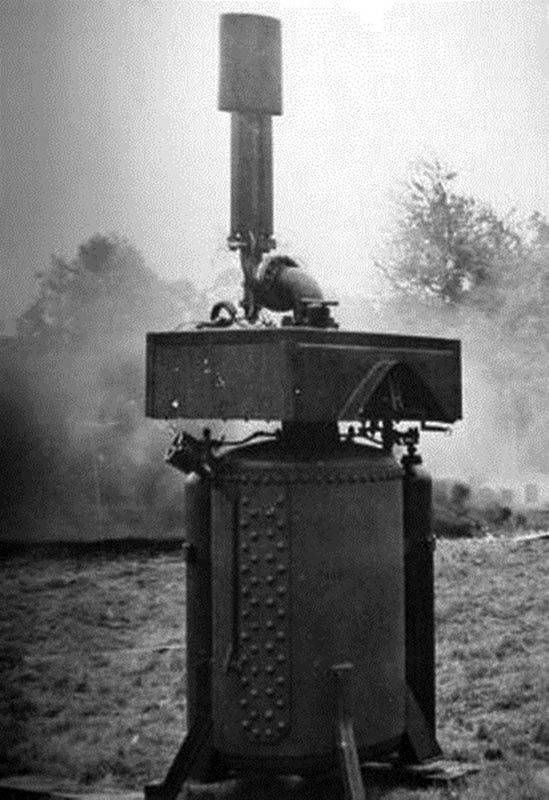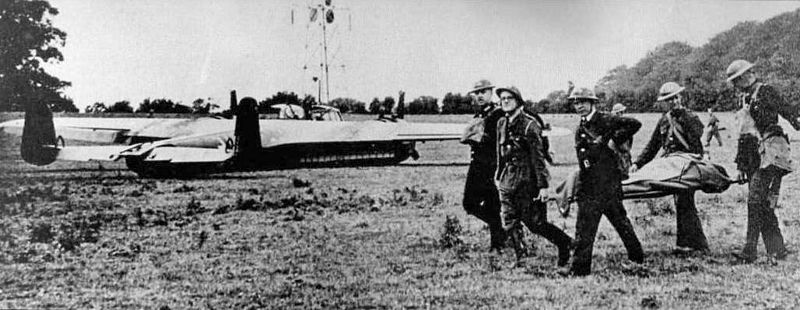This thing here, apparently roleplaying as legendary Russian environmental disaster and part-time aircraft carrier Admiral Kuznetsov, is Italian submarine Tito Speri.
And to answer the obvious question - yes, that is exactly what it looks like. A submarine with a flamethrower.
And to answer the obvious question - yes, that is exactly what it looks like. A submarine with a flamethrower.
Now I could fairly be described as a pyromaniac. I love playing with fire. The list of things I have successfully ignited whilst doing so includes televisions, greenhouses, and my brother in law.
Yet even I will concede that there is no place for a flamethrower on a submarine.
Yet even I will concede that there is no place for a flamethrower on a submarine.
Apparently I& #39;m just not Italian enough though, because I swear this is genuine.
Sadly there only appears to be one photograph, presumably because the institutional lunacy of their submarine corps was a closely guarded secret.
Sadly there only appears to be one photograph, presumably because the institutional lunacy of their submarine corps was a closely guarded secret.
Apparently the idea was the submarine would lurk around the enemy, open up valves to flood the area with fuel, and then pop up with its submersible Ronson and set light to it.
The Italians understandably thought this would lead to a certain amount of confusion. On both sides.
The Italians understandably thought this would lead to a certain amount of confusion. On both sides.
And to be fair to the Italians, very few captains show any inclination to sail into things like this...
...including Italian submarines. There& #39;s no record of it ever being used in anger or - five seconds later - sorrow.
So there you have it. The underwater flamethrower.: not without theoretical merit, but undoubtedly the daftest flamethrower of the Second World War.
Oh, who am I kidding?
Because here comes the British. And more importantly, their boffins...
Because here comes the British. And more importantly, their boffins...
Because by the 1940s even the dullest Royal Navy officer had noted the deleterious effects of bombs when applied liberally to one& #39;s vessel, and that it might be wiser to not let the enemy go unmolested whilst doing so.
Perhaps an aircraft, when lightly tickled with a torrent of flaming fuel, might be sufficiently distracted as to chose a less inflammatory object of desire?
And the British already had a whole range of flamethrowers under development. This thing here was called the Cockatrice, after the legendary animal that killed things with its breath.
The realisation that codenames should be, y& #39;know, coded came depressingly late to the Brits.
The realisation that codenames should be, y& #39;know, coded came depressingly late to the Brits.
All you had to do, the boffins reasoned, was reorientate the machine ninety degrees, nail it down to the deck, and then retire to the pub to congratulate yourself on a job well done.
There were certain features that the critical might like to file on the debit side of the ledger, however.
The first objection was that you& #39;d just put barrels of highly flammable liquid on the deck that you were nominal defending. You can imagine how that& #39;ll work out.
The first objection was that you& #39;d just put barrels of highly flammable liquid on the deck that you were nominal defending. You can imagine how that& #39;ll work out.
The other obvious flaw was that the flamethrower barely reached a range where a passing pilot could hand the payload over to the crew personally. What a weapon that could barely reach 30m was meant to do to a bomber 500m above it is left as an exercise for the reader.
Undeterred by basic mathematics, or any other constraint of common sense, the Royal Navy hoisted the infernal device aboard a vessel they didn& #39;t mind losing - eg a French one - and prepared to give it a go.
It looks almost harmless here...
It looks almost harmless here...
The trial had mixed results. Nobody was actually burned as such, but they& #39;d thought it was rather unsporting not to let the pilot know what was going on.
He casually flew around like the fireball was no big thing.
He casually flew around like the fireball was no big thing.
A second trial was arranged, and this time the pilot wasn& #39;t tipped off.
This one happily flew repeatedly *through* the flames. In the debrief they learned he& #39;d spent the pre-war period doing this in the circus.
This one happily flew repeatedly *through* the flames. In the debrief they learned he& #39;d spent the pre-war period doing this in the circus.
Undeterred, the weapon went into limited production, no doubt on the basis that something was better than nothing and that the Luftwaffe& #39;s store of circus performers was likely no higher than that of the RAF, despite the 50% proportion found in the limited sampling to date.
And apparently they were very welcome, right up until the point captains realised they were functionally useless at anything other than coating everyone in tar.
The only claimed success for the project was that the Germans tried to copy it and somehow made it worse.
The only claimed success for the project was that the Germans tried to copy it and somehow made it worse.
So there you have it - navies and flamethrowers are a stupid idea.
Which inevitably means someone& #39;s going to try it again, right?
Which inevitably means someone& #39;s going to try it again, right?
PS - thanks to Most Secret, which hints that he knew details of the experiments with flamethrowers, Nevil Shute Norway is often linked to the trials.
He wasn& #39;t, as far as I know, being far too busy with something - and there& #39;s no tactful way of putting this - even sillier...
He wasn& #39;t, as far as I know, being far too busy with something - and there& #39;s no tactful way of putting this - even sillier...
PPS - a couple of people have asked if anyone was ever daft enough to fit a flamethrower to an aircraft, which is touchingly naïve about the ways of engineers.
Of course they did.
Meet the Arschflammenwerfer.
Of course they did.
Meet the Arschflammenwerfer.
You probably don& #39;t need me to tell you this was a bad idea, and if you did it& #39;s more than eighty years too late.
For the avoidance of doubt though, it was a bad idea.
For the avoidance of doubt though, it was a bad idea.
When deployed in combat two problems became immediately apparent.
The first was that testing in the actual air first would have been a good idea. At height, and in reduced oxygen, it threw out more oil than fire. This was off-putting to fighters, but rarely made them slip over.
The first was that testing in the actual air first would have been a good idea. At height, and in reduced oxygen, it threw out more oil than fire. This was off-putting to fighters, but rarely made them slip over.
The other problem was that nobody sent a memo to the RAF politely explaining this was a weapon.
Seeing a German bomber trailing thirty metre long flames, every fighter within a ten mile radius swarmed in for an easy kill.
Seeing a German bomber trailing thirty metre long flames, every fighter within a ten mile radius swarmed in for an easy kill.
At least one aircraft carrying it was shot down, a Dornier Do 17. The British concluded that it couldn& #39;t possibly be a weapon and was probably designed to fake damage.

 Read on Twitter
Read on Twitter








